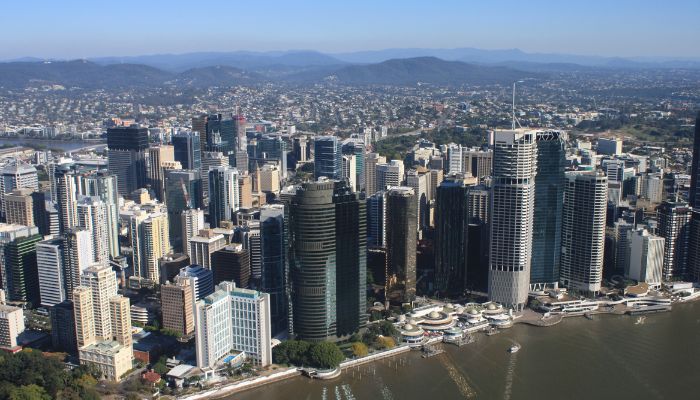
Investors seemed to be at the losing end of the recent announcement by the Queensland state government that reduces the frequency of rent increase allowed to just once per year.
Queensland Premier Annastacia Palaszczuk said the move will help balance the rights and interests of Queenslanders who rent and property owners to sustain “healthy rental supply.”
“A fair go to pay rent they can afford and not be penalised for the cost of living situation all Australians find themselves in today,” she said.
“Our government will act immediately to place a limit on the number of rent increases that can be imposed on tenants each year.”
Today we’re taking action to give people who are renting a fairer go.
— Annastacia Palaszczuk (@AnnastaciaMP) March 27, 2023
Weekly rents are rapidly increasing - sometimes going up $200 or even $400.
It’s not right.
That’s why we’re proposing to limit rent increases to once a year, rather than every six months.
The Premier said this is a “wake-up call” for landlords to do the right thing and look after their tenants.
“We must act and will act to deliver reforms that balance the rights and interests of Queenslanders who rent and property owners to sustain healthy rental supply,” she said.
Investors struggling to keep up with rising costs
Property Investors Council of Australia (PICA) chairperson Ben Kingsley said imposing rent caps is another attack on investors, who are already struggling to keep up with soaring mortgage payments.
“We must act and will act to deliver reforms that balance the rights and interests of Queenslanders who rent and property owners to sustain healthy rental supply.”
“The state government, who are lobbying for a rent cap, or freeze, are claiming some sort of market failure is the reason why, well, we want to know from them, how is reducing investor demand and rental housing supply going to improve the situation for Queenslanders?” he said.
According to data from CoreLogic, the average monthly rental prices have increased by $290 over the past year. On the other hand, repayments on a $500,000 mortgage have increased by more than $800 per month over the same period.
For Propertyology head of research Simon Pressley there seems to be a “selective empathy” towards tenants, which only compounds the “self-inflicted rental crisis”.
“The state government has completely ignored countless warnings over several years about the urgent need to encourage rental supply,” he said.
“Unless the federal and state governments start producing policies that result in more rental supply, they’ll continue to force more tenants into makeshift shelter, suppress more dreams of good people and risk an almighty level of public outrage that none wants to see. Investors are furious.”
What Queensland should consider instead
InvestorKit head of research and founder Arjun Paliwal said rental caps create another disincentive for investors to purchase a property in Queensland.
“When this occurs, less investors participate. Investors are needed to participate to create more rental stock, as local and state governments are simply not creating enough,” he said.
“The risks are that further legislative intervention causes blockage in investment activity and does the opposite. It will create further problems by reducing the total pool of investment properties.”
Mr Paliwal said instead of a rent cap, the state government must consider other policies that would encourage more investors to participate in the property market.
“It’s also likely that more Queensland investment owners will consider selling if this gets put into place — temporarily, some first-time owners would take over that stock and feel they won, but long-term rental properties will continually shrink, making the rental crisis worse.”
Mr Paliwal said one policy to improve investor appeal is subsidising high insurance costs.
“This eliminates the unnecessary council rate variances between investors and homeowners across the councils that do this and increasing land tax thresholds,” he said.
The state government must also recognise that supply and demand work like a seesaw and any interference would only cause unnatural swings.
“Strong rental increases and conditions lead to active investors and interest, this effectively grows to a point to create more stock in the pool,” he said.
Long-term opportunities must also be considered to improve rental supply and therefore help promote affordability.
“City changing infrastructure, zoning, & red tape review will invite more developers. Invest in the future of build to rent, actively look to build more social housing and incentivise those that create new stock,” Mr Paliwal said.
-
Photo by bennett6660 from Pixabay.
